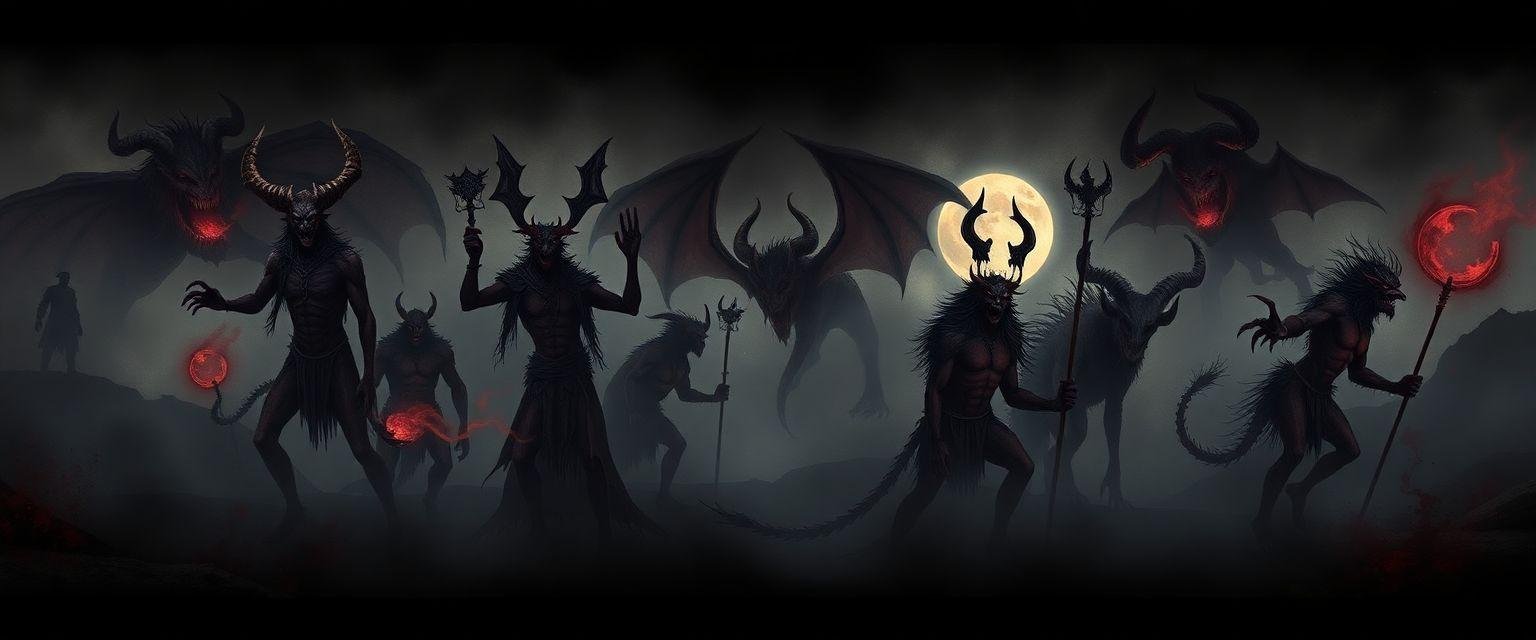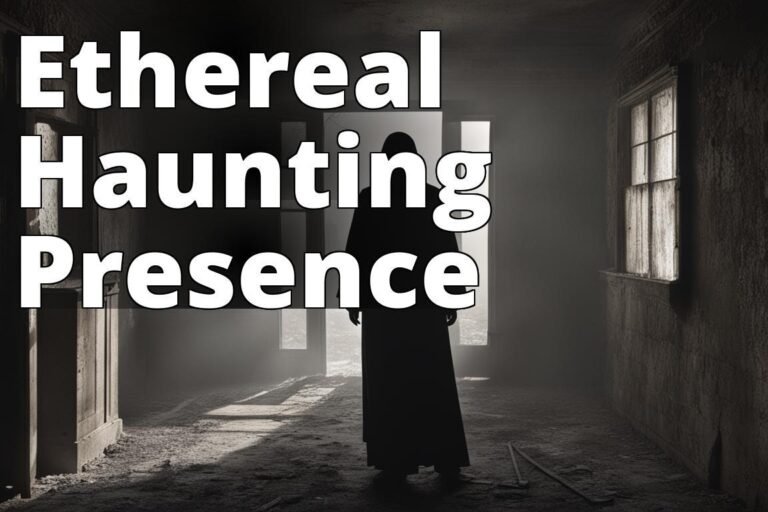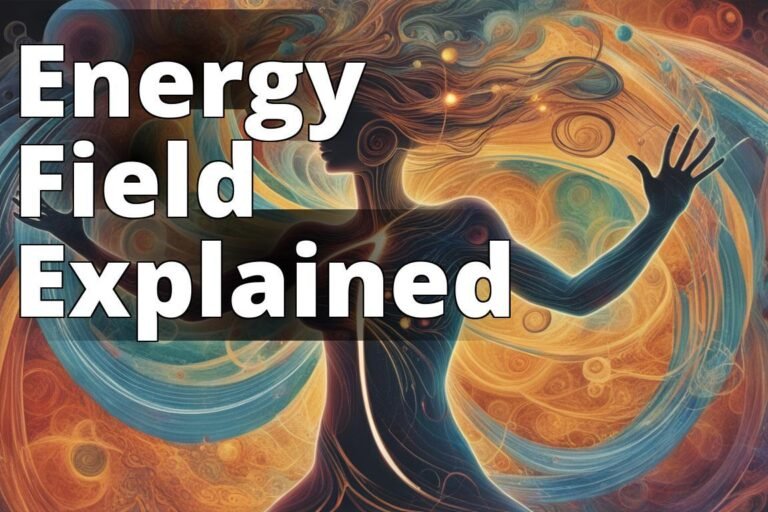10 of the Most Famous Demons in History
Have you ever pondered why certain demons have become iconic symbols of malevolence in our collective consciousness? These notorious figures have transcended folklore to become part of the cultural fabric, embodying the dark side of human imagination. From religious texts to modern literature and media, demons have been depicted in numerous ways, each with their own distinct characteristics and terrifying allure. This article delves into the stories and legends of ten famous demons throughout history, examining how they rose to fame and why they continue to captivate us.
Learn About Famous Demons
Discover key insights into ten infamous demons throughout history, their characteristics, and cultural significance.
– Asmodeus: Known as the demon of lust, Asmodeus appears in various texts and is often depicted as a figure of temptation.
– Beelzebub: Often referred to as the “Lord of the Flies,” Beelzebub is associated with pride and is considered a high-ranking demon in several traditions.
– Lilith: A figure of female empowerment and seduction, Lilith is often depicted as the first wife of Adam in Jewish folklore, embodying rebellion against patriarchal norms.
1. Asmodeus
Asmodeus, the Prince of Lust, is one of the most infamous demons in history. This figure is often associated with lechery and is one of the seven princes of Hell. Originating from the Jewish Talmud, Asmodeus has also found a place in Christian demonology, particularly in the Deuterocanonical Book of Tobit. Here, he is depicted as a demon who kills seven successive husbands of Sarah due to his jealousy and lust.
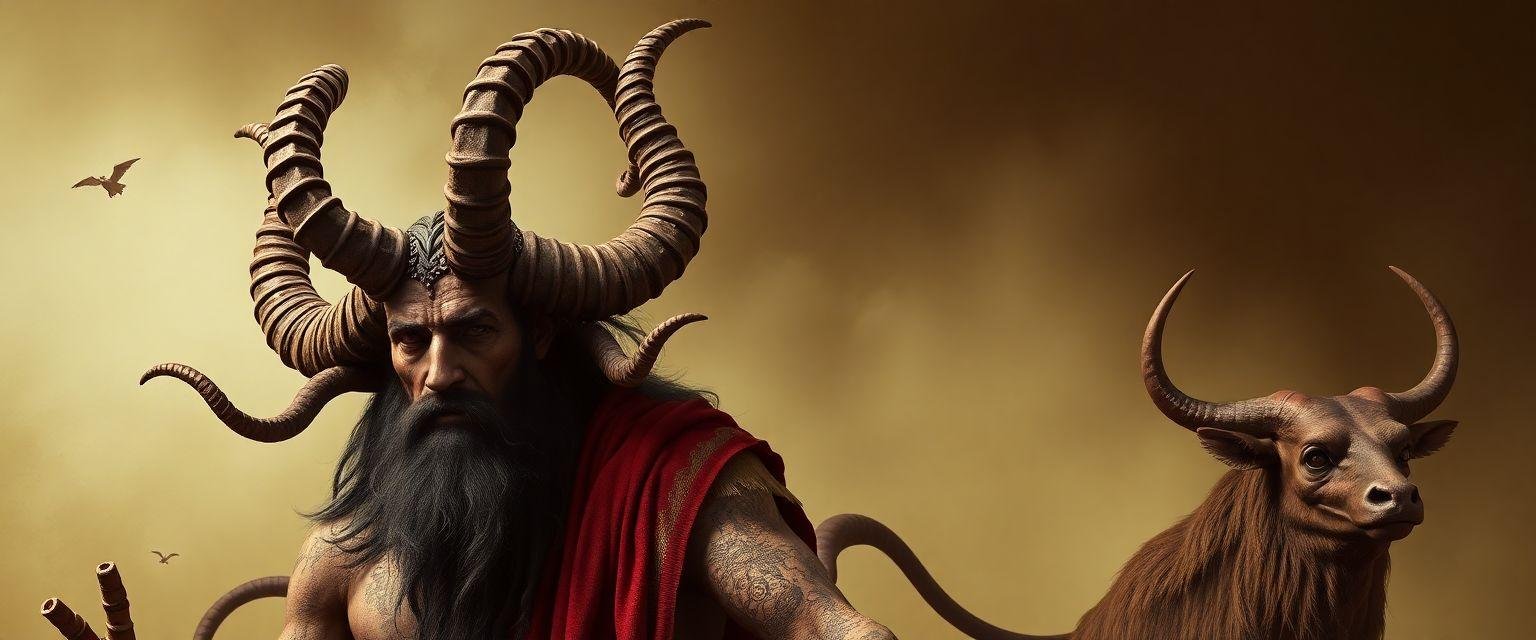
Insider Tip: According to demonologist Peter Underwood, Asmodeus’s influence can be seen in various cultural references, from medieval manuscripts to modern-day films and books.
In popular culture, Asmodeus has been referenced in numerous films, television shows, and even video games, often portrayed as a cunning and ruthless adversary. His representation as a demon of lust has made him a symbol of uncontrolled desire and the destructive power it can wield. The characters complexity offers a rich tapestry for storytelling, allowing writers to explore themes of passion, jealousy, and the human tendency towards self-indulgence.
Learn more about Asmodeus and his historical context here.
2. Beelzebub
Beelzebub, known as the “Lord of the Flies,” is another demon whose notoriety has endured over centuries. Often identified with the devil himself, Beelzebubs roots trace back to ancient Philistine deities. In Christian texts, he is depicted as a major demon, sometimes equated with Satan, and is often synonymous with pride and gluttony.

This demon has been used to symbolize the corruption of the soul, as seen in literary works such as John Milton’s “Paradise Lost,” where he is portrayed as one of Satans chief lieutenants. The name Beelzebub has also become synonymous with the devil in many cultures, often invoked to illustrate the insidious nature of temptation and moral decay.
Insider Tip: Dr. Elaine Pagels, a scholar of religious history, suggests that Beelzebubs enduring appeal lies in his association with both pestilence and power, making him a versatile symbol of evil.
Explore the origins and influence of Beelzebub in religious texts.
3. Lilith
Lilith is a fascinating figure, often depicted as a succubus or night demon. Her story finds its roots in Jewish mythology, where she is considered Adam’s first wife before Eve. According to legend, Lilith was cast out of Eden for refusing to submit to Adam, and she has since been portrayed as a symbol of female independence and rebellion.

In modern times, Lilith has become an icon of feminism and empowerment, representing the struggle against patriarchal oppression. Her character has been explored in various literary and artistic works, emphasizing her role as a powerful and autonomous figure.
Insider Tip: Cultural historian Marina Warner points out that Lilith’s mythos has evolved to resonate with contemporary issues, particularly those surrounding gender politics and autonomy.
Liliths transformation from a demonized figure to a feminist icon underscores the fluid nature of myth and its ability to adapt to societal changes. This evolution prompts us to consider how cultural narratives shape our understanding of gender roles and power dynamics.
Learn more about Lilith’s transformation in modern culture.
4. Astaroth
Astaroth, a grand duke of Hell, is a demon of immense knowledge and seduction. He is often depicted riding a dragon and holding a viper, symbolizing his power and wisdom. Astaroth is believed to tempt humans with laziness and vanity, using his knowledge to manipulate and deceive.

Historically, Astaroth is linked to the ancient goddess Astarte, illustrating how pagan deities were often demonized by emerging monotheistic religions. His character highlights the tension between knowledge and morality, raising questions about the ethical use of intelligence and power.
Insider Tip: According to theologian Jeffrey Burton Russell, Astaroth’s role in demonology reflects the medieval fear of intellectualism and the dangers of unchecked ambition.
In modern interpretations, Astaroth serves as a cautionary tale about the seductive nature of knowledge without ethical constraints. His story compels us to reflect on the responsibilities that come with intellectual power and the potential for misuse.
Discover more about Astaroth’s connection to ancient deities.
5. Baphomet
Baphomet is an intriguing figure who has become synonymous with occultism and secret societies. Originally depicted as a pagan idol in the medieval era, Baphomet’s image was later co-opted by the Knights Templar, adding to his mystique. The figure is often portrayed as a winged humanoid with a goat’s head, symbolizing duality and balance between opposites.
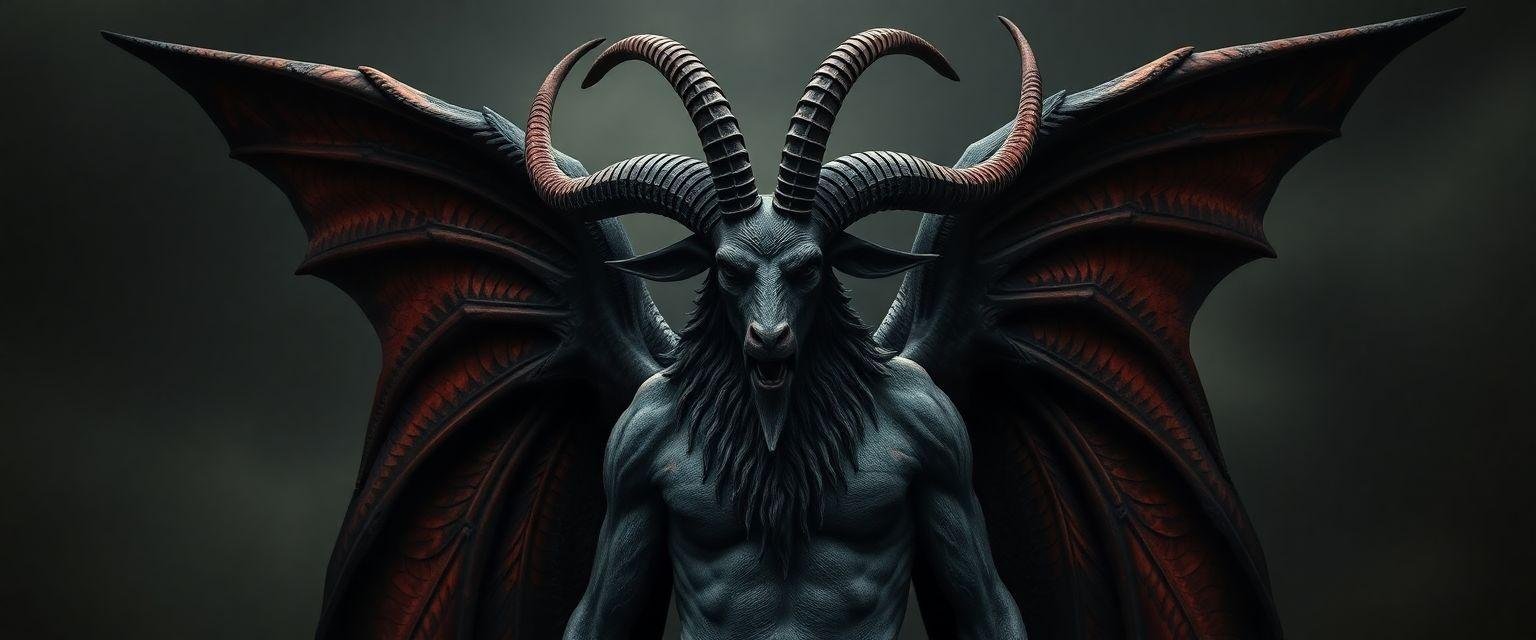
In contemporary culture, Baphomet has been adopted by various occult and counterculture movements, often seen as a symbol of free thought and rebellion against conventional norms. His image has sparked controversy, particularly in debates over religious freedom and expression.
Insider Tip: Occult historian Mitch Horowitz notes that Baphomet’s enduring appeal lies in his representation of the unity of opposites, making him a powerful symbol of balance and transcendence.
Baphomet challenges us to reconsider our understanding of morality and the nature of good and evil. His story serves as a reminder of the complexity of human beliefs and the importance of questioning established norms.
Explore Baphomet’s role in modern occultism.
6. Belphegor
Belphegor, the demon of sloth and invention, is often depicted lounging lazily, embodying the sin of sloth. He is said to tempt people with ingenious inventions and ideas that lead to idleness and complacency. Belphegor’s story serves as a warning against the dangers of procrastination and the allure of easy solutions.

Historically, Belphegor was believed to inhabit the Moabite god Baal-Peor, and his transformation into a demon reflects the demonization of foreign deities by monotheistic religions. His character raises questions about the balance between creativity and productivity, and the potential pitfalls of indulging in laziness.
Insider Tip: Economist and cultural critic John Kenneth Galbraith suggests that Belphegor’s narrative highlights the perils of consumerism and the tendency to value convenience over genuine innovation.
In a world increasingly driven by technology and efficiency, Belphegor’s story prompts us to reflect on the true value of innovation and the importance of maintaining a strong work ethic.
Learn more about Belphegor’s influence on modern concepts of innovation.
7. Mammon
Mammon is the demon of greed and material wealth, often depicted as a wealthy merchant or a grotesque figure clutching bags of gold. He symbolizes the corrupting power of money and the insatiable desire for material possessions. Mammon has been used throughout history to critique the excesses of capitalism and the moral decay it can bring.

In literature and art, Mammon represents the dangers of unchecked ambition and the moral compromises often made in the pursuit of wealth. His character serves as a cautionary tale about the ethical implications of materialism and the potential for wealth to corrupt the soul.
Insider Tip: Financial historian Niall Ferguson argues that Mammon’s story is particularly relevant in today’s consumer-driven society, where the pursuit of wealth often overshadows ethical considerations.
Mammon’s story encourages us to reflect on our own values and priorities, questioning the true cost of material success and the importance of maintaining a moral compass in the face of temptation.
Explore Mammon’s role in critiques of capitalism.
8. Leviathan
Leviathan, a sea monster of immense size and power, is often associated with chaos and destruction. In biblical texts, Leviathan is depicted as a formidable creature, embodying the untamed forces of nature. This demon has become a symbol of the unknown and the fear of the uncontrollable.

Throughout history, Leviathan has been used to represent the chaos of the natural world and the dangers of hubris. His story serves as a reminder of the limits of human power and the importance of respecting the forces of nature.
Insider Tip: Marine biologist Sylvia Earle suggests that Leviathan’s myth reflects humanity’s ongoing struggle to understand and coexist with the ocean’s vast and mysterious ecosystem.
In an era of environmental challenges, Leviathan’s story prompts us to consider our relationship with nature and the responsibilities we bear in preserving the planet for future generations.
Learn more about Leviathan’s significance in environmental discourse.
9. Moloch
Moloch, a demon associated with child sacrifice, is one of the most terrifying figures in demonology. His story is rooted in ancient Canaanite religion, where he was worshipped as a god demanding human sacrifices. Moloch has since become a symbol of the ultimate moral transgression and the perversion of parental love.

In literature and art, Moloch represents the horrors of fanaticism and the dangers of sacrificing human values for the sake of ideology. His character serves as a stark warning against the dehumanizing effects of extremism and the loss of individual conscience.
Insider Tip: Historian Yuval Noah Harari notes that Moloch’s story is a powerful reminder of the destructive potential of blind devotion to ideology, particularly in the context of political and religious extremism.
Moloch’s narrative challenges us to reflect on our own beliefs and the ethical boundaries we are willing to cross in the pursuit of higher ideals.
Explore Moloch’s role in critiques of extremism.
10. Azazel
Azazel, a demon associated with the desert and sin, is often depicted as a scapegoat bearing the sins of the people. His story originates from Jewish tradition, where he is said to have taught humanity the art of warfare and forbidden knowledge.
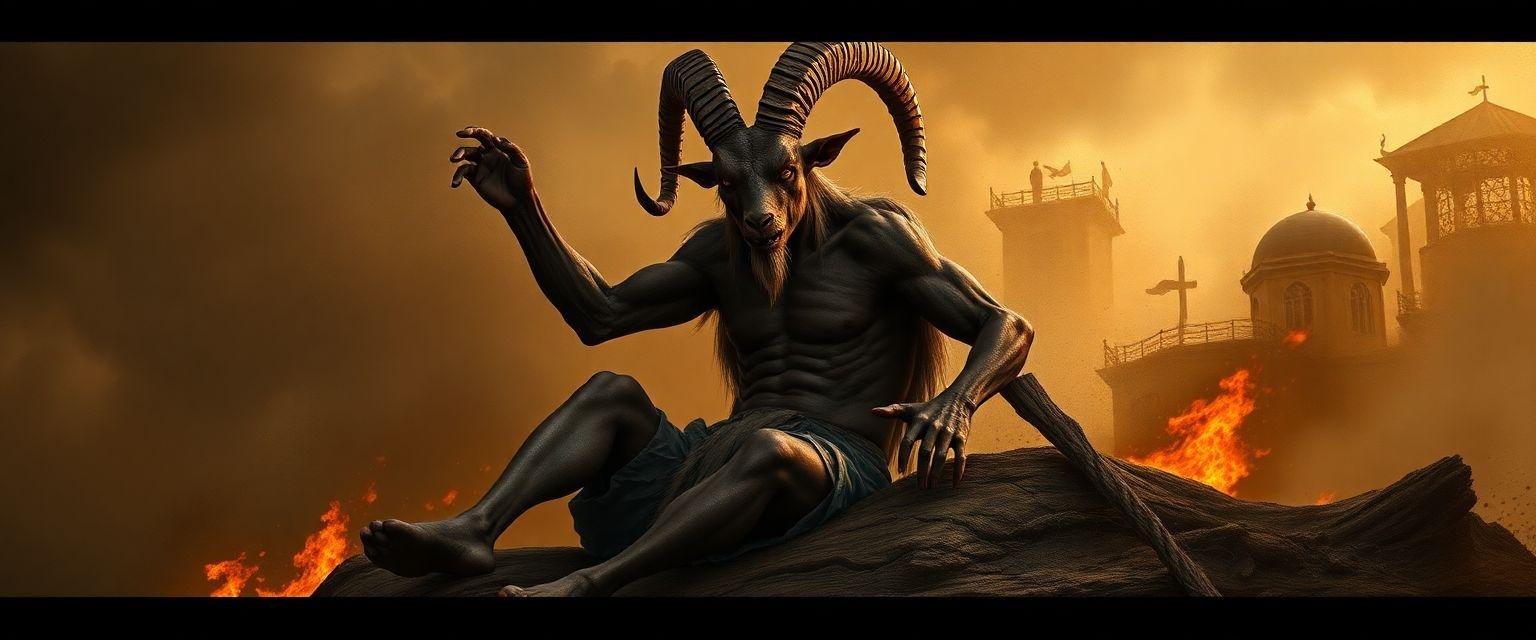
In demonology, Azazel represents the dangers of forbidden knowledge and the moral ambiguities inherent in the pursuit of power. His character raises questions about the ethical implications of scientific and technological advancement, and the potential consequences of crossing moral boundaries.
Insider Tip: Ethicist James Rachels suggests that Azazel’s narrative highlights the importance of considering the ethical dimensions of knowledge and the responsibilities that come with it.
Azazel’s story prompts us to reflect on the balance between curiosity and morality, and the potential risks of pursuing knowledge without regard for its ethical implications.
Learn more about Azazel’s role in discussions of ethics and knowledge.
What do you think?
As we delve into the stories of these famous demons, we are confronted with the darker aspects of human nature and the complex interplay between good and evil. Each demon serves as a powerful symbol of universal themes, from the corrupting influence of power to the dangers of unchecked ambition. These narratives compel us to question our own beliefs and values, challenging us to consider the ethical boundaries we are willing to traverse in pursuit of our desires.
- Do these stories change your perception of demons and their role in human history?
- How do these mythical figures reflect our own struggles with temptation and morality?
- In what ways do these narratives resonate with contemporary issues and societal challenges?
In contemplating these questions, we gain a deeper understanding of the symbolic power of demons and the timeless lessons they impart. As we navigate the complexities of modern life, these stories remind us of the importance of maintaining a moral compass and the potential consequences of our choices.
For those curious about the broader implications of these narratives in today’s world, consider exploring our sitemap for related articles and insights.
Questions & Answers
Who are some of the most famous demons in history?
Some famous demons include Lilith, Beelzebub, and Asmodeus.
What roles did demons play in ancient cultures?
Demons often represented chaos and were linked to evil and misfortune.
How can I learn more about famous demons throughout history?
You can explore books, documentaries, and online resources for details.
Are all demons depicted as evil figures in history?
Not all demons are evil; some are viewed as protectors or guides in cultures.
What are common misconceptions about famous demons?
Many believe all demons are purely malevolent, which isn’t always accurate.
How can I differentiate between cultural demon beliefs?
Researching each culture’s mythology will reveal their unique perspectives.

